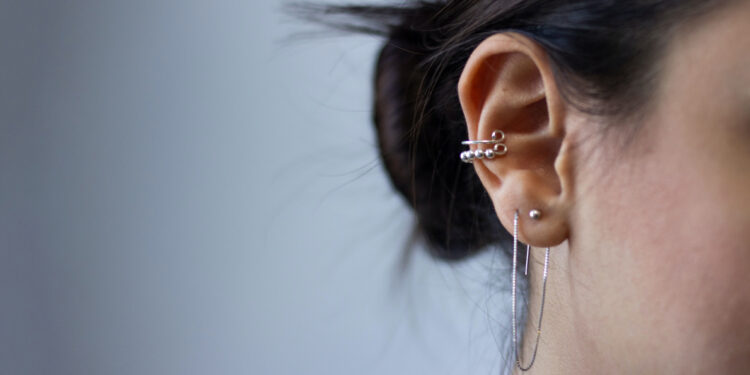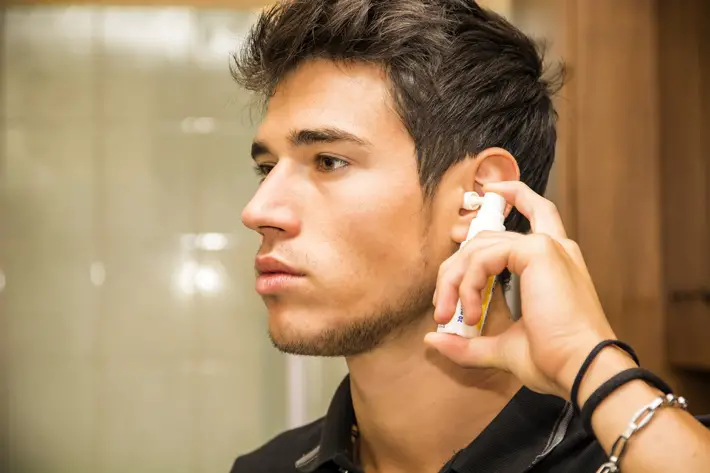New Techniques for Ear Wax Removal

Just like the oddly gratifying pimple-popping trend, ear wax removal is a health facade that’s also making its rounds on social media. In a unique video posted by a Tik Toker, it was suggested that hydrogen peroxide inside your ear canals can reduce wax buildup. While the truth to this is scientifically debatable, the video has raked millions of views to date.
The question is, are there newer ear wax removal techniques that exist today? Here’s the new information we found:
● Ear irrigation (syringing)
Usually performed by a GP practice nurse or audiologists, ear irrigation is a new technique to ear wax removal. In the past, a metal ear string that was loaded with warm water was placed into the ear canal. The water was then squirted until the ear and a kidney dish was held under the ear to catch the water while the ear wax was flushed out. Thereafter, the nurse would use their judgement in determining whether the ear was clean. But thanks to new invention today, we no longer have to go through this process. The metal string had been replaced by an ear irrigator with a jet tip. The pump had variable and regulated pressure and many people have had their ear wax removed through this irrigation method without any problem whatsoever.
● Micro suction ear wax removal
This is an outpatient procedure that’s performed at ENT clinics when other wax removal methods have been unsuccessful. The major benefit of micro suctioning wax is that it’s removed safely under direct vision at all times. The procedure used a binocular microscope to visualize the wax. This is a dry procedure that doesn’t use any water and dignificantky reduces the risk of damage or infection to the eardrum. For professional ear wax cleaning, Newcastle Ear Wax Removal Clinic offers both microsuction and electronic irrigation
● Endoscopic wax removal
This is an alternative to micro-suction endoscopic ear wax removal that is quicker to perform. This process used a more advanced medical ear torch than the conventional otoscope that’s used by doctors nd audiologists. This device makes it more comfortable and safe since it rests in the ear canal and allows minimum manipulation of the patients.
● The use of baking soda solution
This is an at- home removal solution that may come in handy, if your not looking to visit a professional. Dissolve half a teaspoon of baking soda in two ounces, fill it to a dropper bottle then apply it to your ears. Tilt your head on one side for about five drops and repeat on the other side. Drain out the baking soda after half a hour by gently squirting warm water. Thereafter, dry your ears.
The Bottom Line
The ideal method to removing ear wax ultimately boils down to the amount of ear wax you’re trying to remove. The more wax you need to remove, the more likely you’ll need to go to a professional. However, minor wax removal would be as simple as the use of a Q-tip. In any case, your doctor would recommend deep cleaning every three to six months. So it’s always best to visit an ENT specialist for better results.










